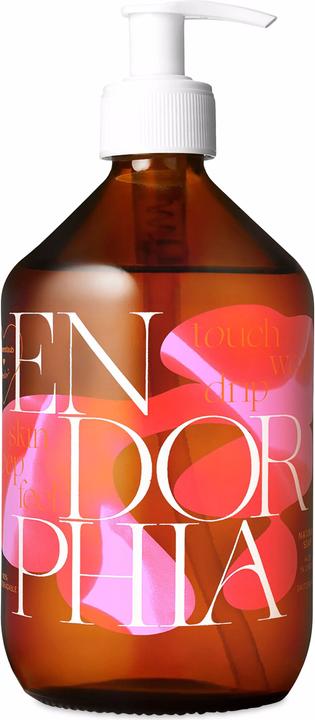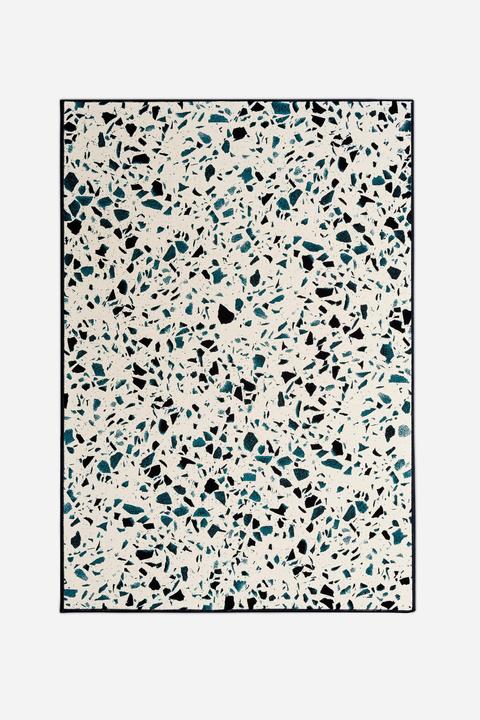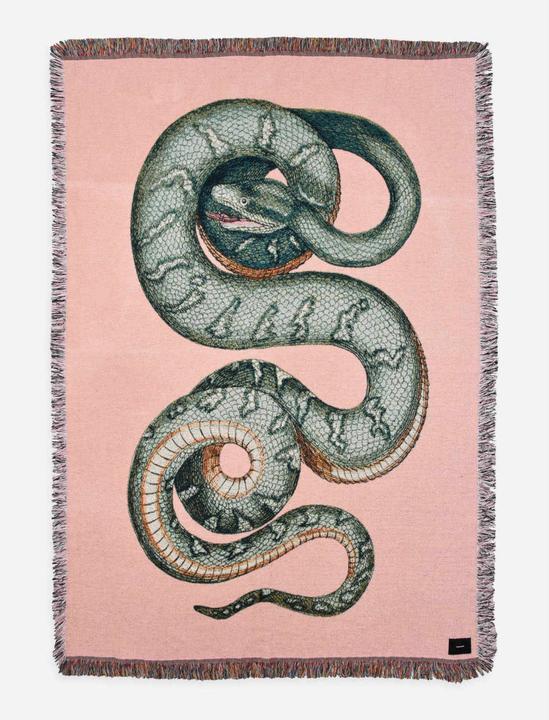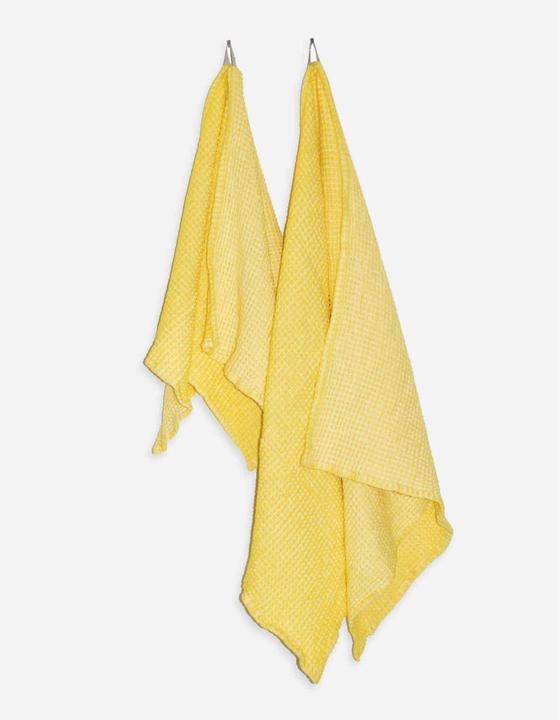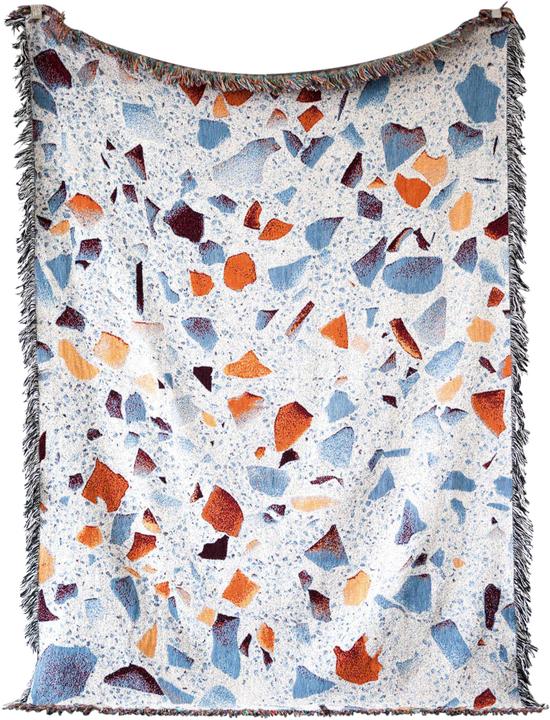

Breaking the ice: home accessories and rugs by Zurich designer label Sula
In Switzerland, Sula made a name for itself with galaxy carpets. Meanwhile, the label has grabbed people’s attention on an international level – with zero marketing outside Switzerland. Designer and founder Nadja Stäubli told us what drives her in the following interview.
Although Sula is already known abroad, the brand has only been focussing on sales in Switzerland to date. But this is about to change with the new name. The label formerly known as «Schönstaub» was rebranded Sula last year. For one, this was due to a long-lasting legal dispute with a German company that also has the word «schön» in its name. But, ten years after it was established, the label also wanted to start a new, international chapter. To find out how that’s done and what the name change means for the designs, I meet Nadja Stäubli in the showroom in Zurich.
What was coming up with a new name after such a long time like for you?
Nadja Stäubli: It was hard at first, but then we came up with some great ideas with the help of an agency. «Sula» had been on my mind for a long time. The name is inspired by «Ursula» and is an homage to my late mother. That’s my personal connection to it. At the same time, the name sounds fresh. It’s easier to remember because it’s short and more international than our former name.
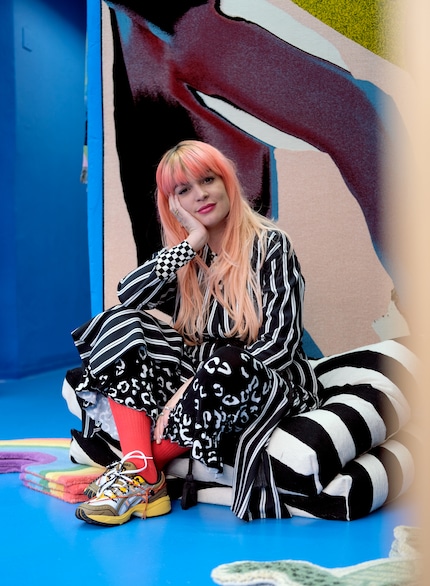
Source: Pia Seidel
Will there be other changes for you or the concept apart from the new name?
We believe that our «daring» products will also prove popular outside of Switzerland. That’s why we want to expand abroad. We’re also adding a basic collection to our range.
What’s «basic» to you?
For example, we’re adding plain-coloured, hand-knotted rugs to our range.
Aside from their bold colours, is there anything else your designs have in common?
For us, it’s the strong views we have on design. We know exactly what we like and have the courage to create bold designs. What our products all have in common is that they’re conversation starters. Many customers have told us that our products have sparked more conversations than any other item in their home.
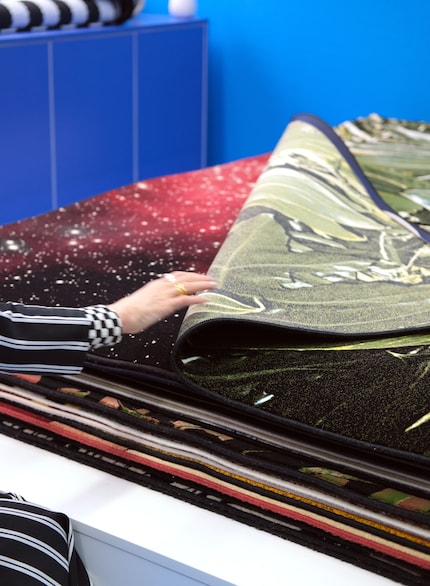
Source: Pia Seidel
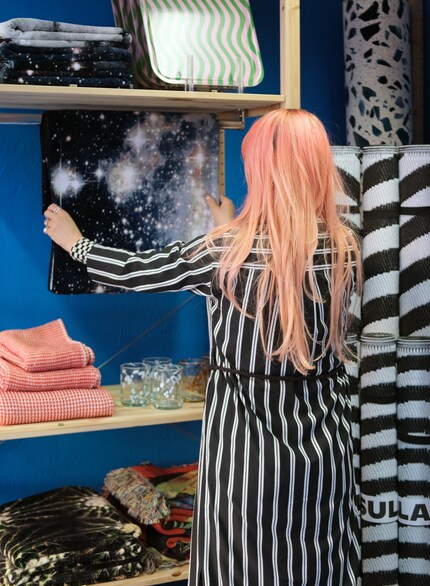
Source: Pia Seidel
What challenges are you facing with the internationalisation?
Depending on the country, we need to adapt our marketing approach and search for suitable retail and partner agencies. In the US, for example, it’s important that advertising is entertaining and shows the person behind the products. Switzerland as our location also poses a hurdle because of transport routes and customs clearance.
How do you go about designing a new product?
It usually starts with a gut feeling or a spontaneous idea that comes to me because I’ve seen something I want to try out. I also believe that I’ll never stop learning.
Could you give us an example?
I discovered the material for the new chopping boards at a furniture fair and wanted to see what I could do with it. It’s made of one hundred per cent recycled plastic sourced from discarded chopping boards and industrial food packaging.
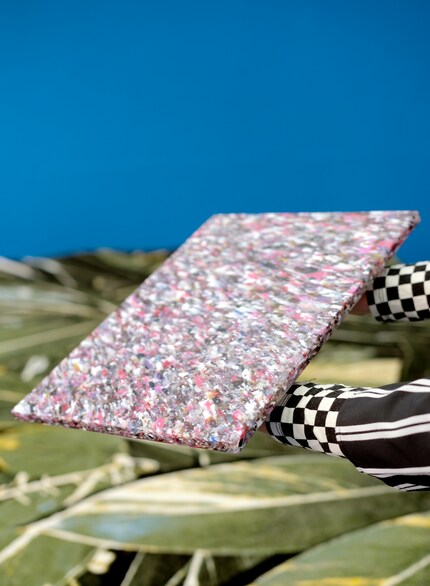
Source: Pia Seidel
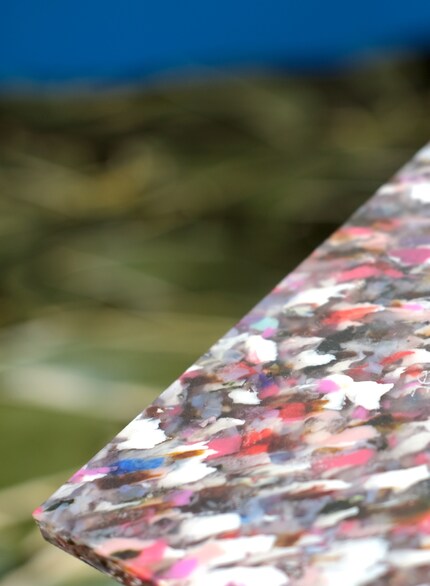
Source: Pia Seidel
Have you always been this interested in design?
Actually, I studied photography at Zurich University of the Arts. But for my bachelor thesis, I designed the «Nebula», which is still part of the Sula range today.
Did you notice a demand for rugs at that time or what was the story?
While I was in the final module of my studies, «Between Art and Technology», NASA was publishing their telescope images. At the time, they were the most high-res images ever. I’ve always been very interested in the possibilities textiles offer. So I wanted to turn these Hubble Telescope images into rugs using looms that can weave at high resolution. And so this business was born totally unplanned. To this day, «Nebula» is still the bestseller in our range.
What’s the secret to its success?
The image is timeless. Stars will always fascinate. I also believe that our design pieces are both a curse and a blessing. They’re rarely bought on a whim. Our customers think long and hard about getting one of our items. There’s something beautiful about that. It shows that our products mean something to them.
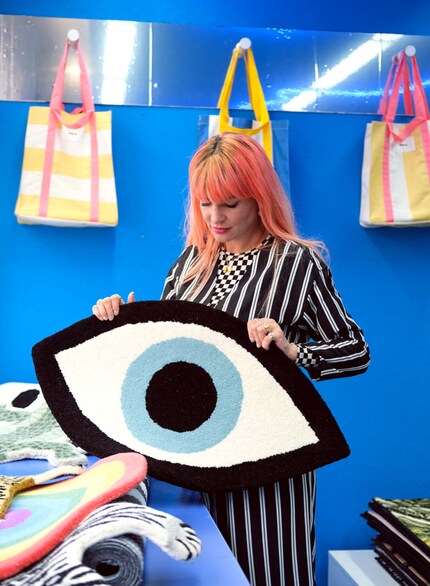
Source: Pia Seidel
Today, you also offer services under the name «Studio Sula». What kind are they?
We either design and produce new products for a brand or we’re «just» the producers who implement the designs of another brand.
What was the last project you worked on?
We made carpets, trays and blankets for the hotel Davoserhof and a tufted carpet in the shape of a pizza for Zurich-based restaurant Vito Pizza.
Conversely, have you ever learned a lot from a collaboration?
Yes, I’m always excited to learn how bigger brands work sand see how a product range can be further developed, for example.
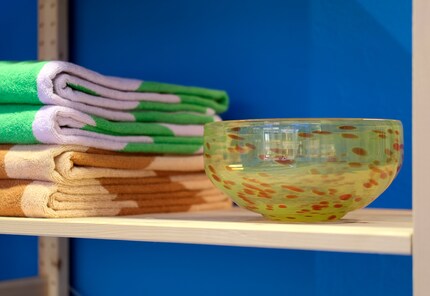
Source: Pia Seidel
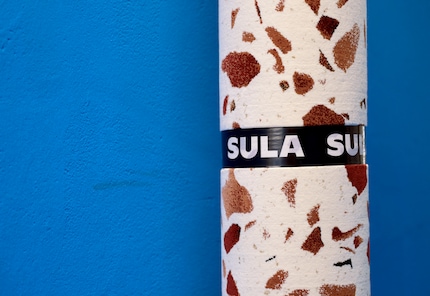
Source: Pia Seidel
In addition to your own collection and commissioned work, you also work with Swiss brands. Are there ever any artistic differences?
No, that’s never been the case. It’s just important to clarify right from the start who’ll be taking on which tasks and costs – for sampling, distribution, communication, photo shoots or social media campaigns. We once launched soap and towels with Zurich-based soap manufacturer Soeder. They produced the soap, we produced the towels and we both sold the final product.
What would be your dream collaboration?
There are many. I’d love to work with interior designers such as Kelly Wearstler in the US. Or for a shop like Bottega Veneta. But my biggest dream would be to furnish an entire hotel.
And what dream is about to become a reality?
May will see the release of a new collection of rugs, blankets and trays, as well as the long-awaited basic collection I mentioned earlier. I also designed a product range for 2024 for someone. But I can’t tell you for whom just yet.
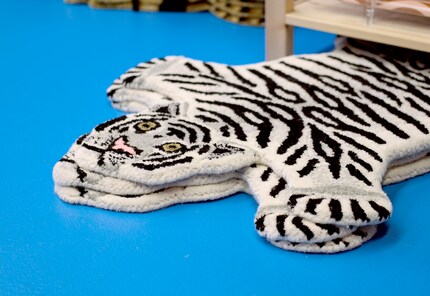
Source: Pia Seidel
What kind of people are always on the lookout for better design solutions? The ones that dream up new chair or table designs although there are thousands of them out there already? In this series, I’ll introduce you to them. Follow me for the next article.
Like a cheerleader, I love celebrating good design and bringing you closer to everything furniture- and interior design- related. I regularly curate simple yet sophisticated interior ideas, report on trends and interview creative minds about their work.
Interesting facts about products, behind-the-scenes looks at manufacturers and deep-dives on interesting people.
Show all


